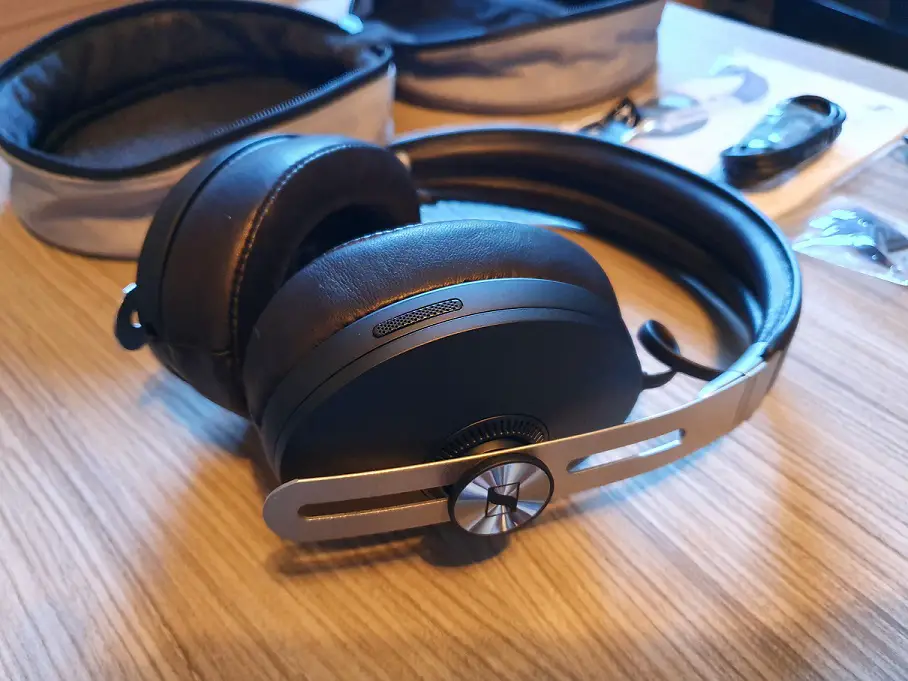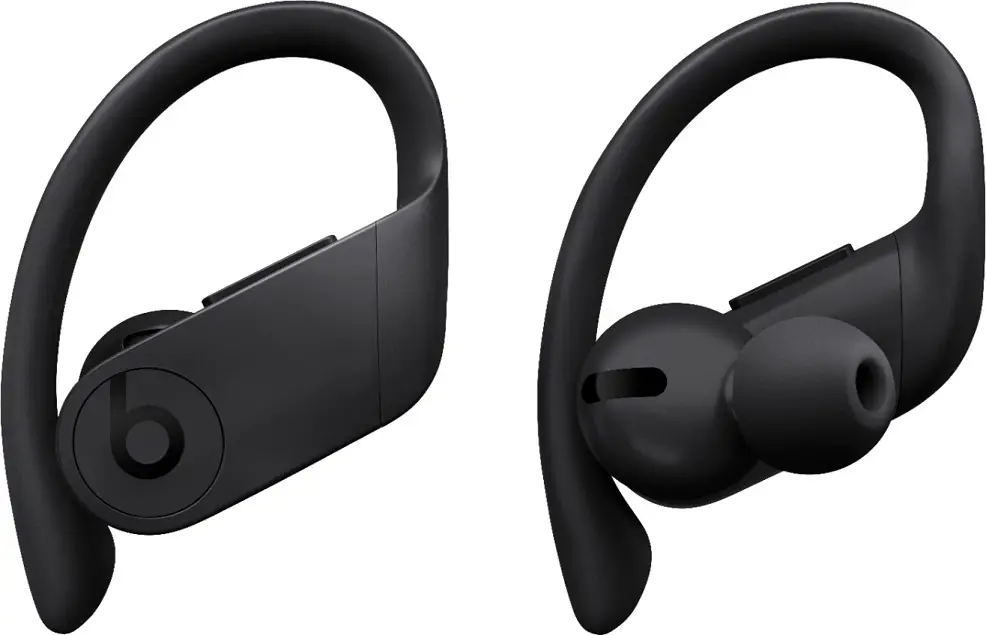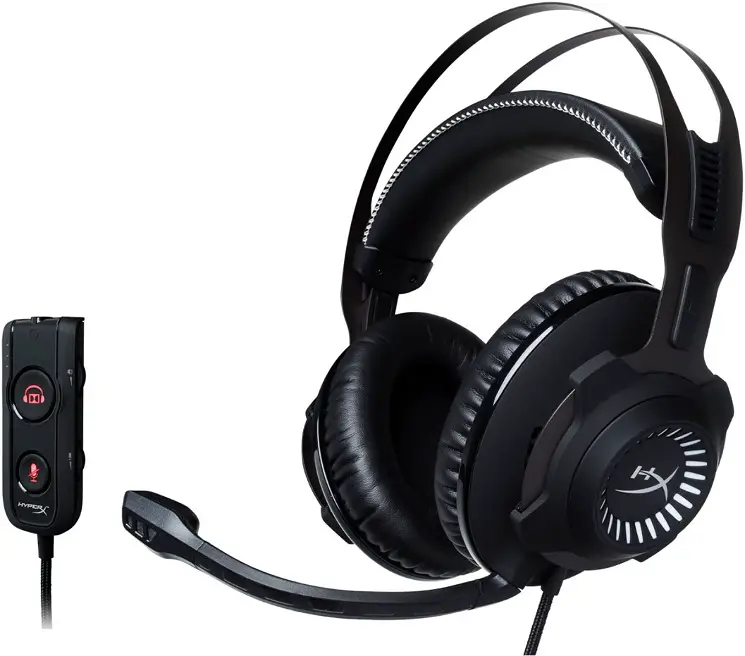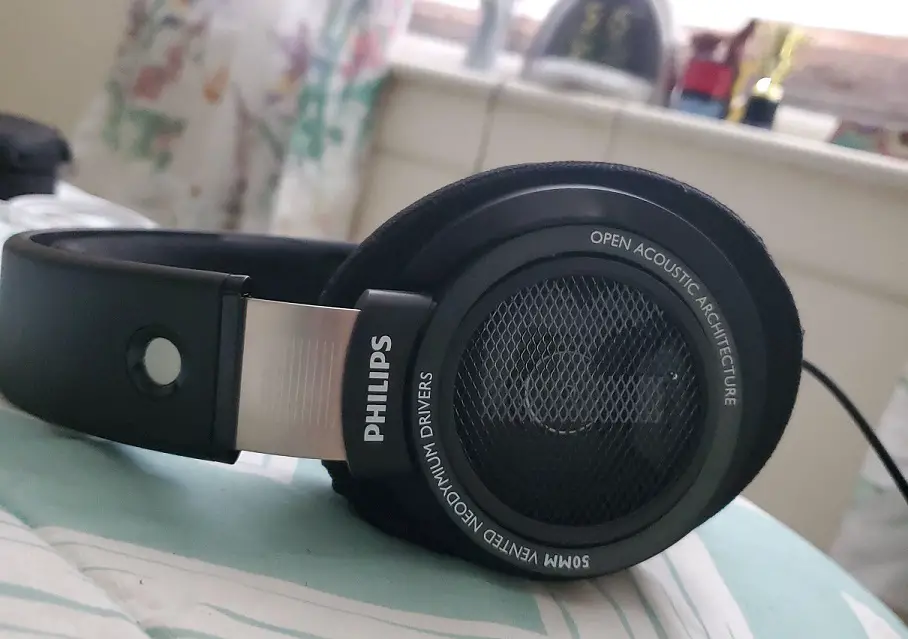Music is an important feature of day-to-day life, and this is made even better with headphones, as they make it easy to enjoy music without distracting others. While all this is fun, buying headphones can give you a headache.
You have too many options and no time to try them all. This is why we’ve come up with a detailed headphone buying guide to assist you in search for the perfect headphones.
What To Look For In Headphones
Buying the best headphones should be easy if you consider the following factors:
Wired vs. Wireless
Wireless headphones look cool, they are portable and eliminate the hassle of wires. However, before you pick wireless headphones over wired or vice versa, you might want to consider the following:
Sound quality
Typically wired headphones offer better sound quality as they receive audio with no interference or latency.
However, this doesn’t mean that all wired headphones offer better sound quality compared to their wireless counterparts.
You have to consider the price you’re willing to pay. This is because higher quality wireless headphones are costly, but they offer a high-quality sound experience.
If you are keen on making an informed decision, check the headphones’ specifications. The manufacturers tend to include bitrates, which is the amount of data transferred per second. Headphones that can support higher bitrates offer better sound quality.

Wired headphones can support up to 2300 kbps; in contrast, modern wireless headphones can support up to 768 kbps.
iTunes music and other streaming sites such as YouTube maxes at 256 kbps while Mp3 files range from 96-320 kbps. This means that wireless headphones should offer good sound quality for a casual user despite the lower bitrate.
Features
Wireless headphones offer more features compared to wired headphones. The former tend to have active noise cancellation, app integration, sweat/ water resistance, connection to a virtual assistant, etc.
Freedom of movement
Both allow a degree of freedom as they are compatible with most devices; however, wireless headphones are limited by their battery life. Occasional charging is needed when using wireless headphones, whereas, to use wired headphones, you need to plug them into your device.
Also, the cords attached to wired headphones often restrict movement depending on the length.
Alternatively, wireless headphones allow flexible movement depending on the type of wireless connection.
Most of the current wireless headsets utilize 2.4GHz radio signals or Bluetooth. The former offers better sound quality and longer range.
Earlier Bluetooth headphones had poor-quality sound, but thanks to advancements in Bluetooth technology, the sound quality has improved significantly.
They are compatible with any Bluetooth-enabled device. They are also cheaper but have a shorter range, typically 30 feet or less.
Your choice will depend on the intended use. For example, wired headphones are ideal for casual use and gaming, while wireless earphones are better suited for workouts.
Connectivity
In terms of connectivity, wired headphones are king as they have no connectivity issues as long the device has a 3.5mm port.
If you want to listen to music on your computer, TV, tablet or phone, you simply plug your 3.5mm jack into the audio port.
Alternatively, wireless headphones have a low compatibility score as their mode of connectivity limits them.
Wi-Fi headphones connect to a network; Infrared Headphones use transmitters similar to those in your TV remote. They have a shorter range and connectivity issues, especially if the line of sight between the receiver and transmitter is obstructed.

Radio frequency headphones use frequency modulation, which is the same signal used in FM radios. The advantage is that it has a longer range (close to 100m), and it doesn’t require a clear line of sight.
Besides, you can connect an unlimited number of headphones to a single transmitter.
However, RF headphones are prone to interference, especially if they are close to devices generating electromagnetic signals.
Bluetooth wireless headphones are a better alternative compared to the other wireless options, as Bluetooth technology is available in most electronic devices.
However, they only offer short-range communication and tend to lose connections easily, especially in certain conditions.
Wireless headphones are the future, and as seen in recent smartphone trends, phone manufacturers are gradually ditching the 3.5mm audio jack.
Therefore, if you’re reading this headphone buying guide hoping to get recommendations for smartphone use, you might want to lean towards wireless options.
Noise cancellation and Isolation
If you’ve traveled on a packed train or by plane, you might understand the need for noise-canceling headphones.
A quick skim through most headphone buying guides, you’ll notice that noise cancellation is a prominent feature.
This is due to the increased noise pollution around the world, and people want to enjoy their music in peace.
Noise-cancelling headphones offer tons of benefits to users. These benefits include reduced stress levels, especially for city dwellers, they make it easier to concentrate and improve sleep quality.
Noise-canceling headphones also have downsides, but are they worth buying? Yes. They reduce distractions, which means you get to enjoy a more improved audio experience.
Driver size
Headphone manufacturers typically advertise the driver size; due to this, people often think that driver size matters.
If you’re going through your how to buy headphones guide noting down the headphones with the most prominent driver size, you’re using the wrong approach.
This is because driver size shouldn’t be your main point of focus.
Simply put, a bigger driver size should produce better sound quality and bass. However, in reality, a bigger driver size doesn’t guarantee better sound.
What matters are the materials used, the tuning, and the enclosure.
Ideally, you want a driver made of flexible material that won’t give in under load.
Cheaper headphones tend to break under load, while pricier options use better quality driver material.
You might have experienced this or seen a blown-out driver, especially if you blast loud volumes on your headphones.
Bigger isn’t always better, and any other specs listed by the manufacturer. The best way to determine whether headphones are right for you is to try them.
However, since this is rarely an option, you can look at specs and reviews that detail everything you want to know.
Durability
It sucks to buy headphones only for them to die after a few weeks. You’re stuck in this endless cycle of buying headphones every 4-5 months.
You can break this cycle by investing in durable headphones.
This doesn’t mean that you buy the most expensive headphones, instead, focus on the quality of materials used, warranty information, and whether they are wired or wireless.
Headphones have many weaknesses, but the greatest point of weakness is the wires. A single cut to the wires could render the headphones useless. You can dodge this problem by purchasing wireless headphones.
Wireless earbuds also have a weakness, which is the charging case; if you lose the charging case or it gets damaged, you’ll need a new set of headphones.
If you work out, hike, or cycle a lot, you’ll need rugged headphones with excellent moisture and sweat resistance.
You’re bound to sweat a lot while performing these activities; thus, one of the first signs of durability you need is waterproofing.
Unfortunately, if you’re investing in headphones based on durability, you’ll have to sacrifice several features, including sound quality.
You have to decide whether sound quality is more important than durability or vice versa.
Also, check if the headphones are backed by a warranty as it determines whether the manufacturer is confident in their products or not.
Audio accuracy
Most headphone users like bass and manufacturers know this; thus, they manufacture headphones that prioritize this need.
Buyer preferences dictate how headphones are made, and the trend is emphasized bass over accurate sounds. This is why headphones sound so different despite being in the same price range.
Sound quality is subjective for most people who don’t produce music, if you prefer booming bass over audio accuracy and clarity, then look for models that prioritize this feature.
Purpose
Why are you buying headphones? Do you need headphones for gaming, working out, video calls, or listening to music during your commute?
The first step before buying anything is understanding why you need it. This makes it easier to choose and budget based on your needs and preferences.
Working Out
It’s no secret that workouts are more enjoyable when you have a training partner. However, without a training partner, music is the next best thing.
You see, music helps you focus by blocking out other distractions, and all that remains is you plus that workout you’re trying to complete.
Music helps you forget the pain, and your body doesn’t feel as tired, which allows you to push yourself just a little bit more.

However, it’s more than just buying headphones; it’s about picking the right headphones.
For starters, you can choose your preferred type of headphones from the four main headphone classifications; in-ear, earbuds, on-ear, and over-the-ear headphones.
On and over-the-ear headphones offer the best sound quality, but they’re bulky and rarely stay. These two might not work if your workout involves a lot of movement.
You also have to consider whether they are wireless or not.
In-ear and buds are best suited for workouts as they have nozzle tips that secure the headphones in your ears.
Preferably, buy headphones that come with several ear tips to change the tips when you want a snug or loose fit.
Ultimately, the primary factors you want to consider are fit, wired vs. wireless, fidelity, price, and whether they are sweatproof, waterproof, or washable.
Gaming
Gaming is fun, but the noise quickly becomes a nuisance to people living with you or close to you.
This is why hardcore gamers use headphones plus the added benefit of a mic for your multiplayer needs. Below are some of the factors you need to explore when looking for gaming headphones:
Wired vs. Wireless
This is arguably the most common dilemma when shopping for headphones. Wired headphones have a limited range of movement, they are cheaper, and no charging is required.
In contrast, wireless headphones allow more freedom of movement, easier to use for other activities, and require occasional battery changing or charging.

The choice here is dictated by preference, budget, and sound quality. There is minimal difference between the two, but if you’re into hardcore gaming that requires zero latency-related issues, you might want to prioritize wired headphones.
Surround sound
Hardcore gamers understand the importance of surround sound in gaming. You see, when you watch movies on your surround system, you get to enjoy a more immersive experience.
This is what gamers want; they want to feel like they are part of the game.
When playing games like Fortnite and Call of Duty, you want to enjoy a 360-degree soundscape that makes it easy to pick out the direction of your enemy’s footsteps, gunfire, etc.
Gaming headphones are marketed as surround sound headphones, the best being the True 5.1 surround sound headphones, and the True 7.1 surround sound headphones.
Frankly, most of these surround sound gaming headphones are gimmicks, and the sound quality tends to be mediocre.
The typical earphones that you can get at any electronic store are referred to as stereo headphones. They have two driver units, and their surround sound performance could be better.
However, gamers report that they find it easier to pick out directional sound while using stereo headphones than True 7.1 surround sound headphones.
Microphone
A mic is a must-have feature for any gaming headphone. There is a lot of communication involved, especially in multiplayer games.
A quick skim through most gaming headphone buying guides, you’ll notice they talk about noise cancellation.
If you’ve used gaming earphones before, you’d know that most of the available options have unidirectional or omnidirectional mics. The sound quality produced by these mics is not that great.
Instead, what you need is a bidirectional microphone, as it only picks up audio from two locations(front and back). It then rejects audio from all other locations, particularly the sides.
It picks up audio in a highly localized space and rejects sounds out of the 2-8 inch space.
In gaming, bidirectional mics are recommended as they transmit rich sound. However, if they’re not available, the alternative is unidirectional mics.
Comfort
Hardcore gamers are often immersed in games for several hours, which means that their equipment needs to be comfortable.
You want headphones that are comfortable not just for several minutes but for hours if you intend to use them for that long.
If you’re interested in buying a comfortable set of headphones, look at the headband and ear cups.
Don’t let luxurious features such as leather be the reason your headphones feel so uncomfortable after an hour of gaming. Instead, choose a pair whose ear cups are made of sponge.
Also, if you can try the headphones on before making the purchase, this will help you evaluate whether the headband is a good fit. Preferably, you want a padded headband, but it should be lightweight.
Frequently Asked Questions
Which headphone should I buy?
It depends on a few factors which have been detailed above. You can’t buy workout headphones for use in a music studio. If you have a use for the earphones, the above buying guide will help you choose the most suitable headphones for you.
Will playing loud music on headphones affect my ears?
You’ve probably heard it before that loud music can damage your ears. It’s not a myth, which is why scientists recommend listening to music at less than 60% volume and limiting usage per day to about 1 hour.
On and over-the-ear headphones are also recommended over earbuds or in-ear headphones as they are better at canceling background noise.
This means that you don’t have to blast music to enjoy it. As a result, this reduces the potential ear damage.
Are closed headphones better than open headphones?
The closed-back headphone design isolates the driver such that it’s completely sealed from ambient noise. Such headphones are suited for users who want noise isolation.
When you wear closed-back headphones, your ears will sit inside the closed ear cup, thus eliminating noise from outside.
In addition, closed-back headphones tend to have greater bass quality. This is attributed to their design, which traps air in the close space, thus enabling them to create a bigger impact.
Closed-back headphones are ideal for casual listening, commuting, listening to audio files at the office, and recording/mixing audio.

In contrast, open-back headphones have grills or vents that allow the passage of air to the speaker element.
Despite allowing air, they sound more natural because they can’t block ambient noise. This means that while listening to your audio files, you’ll also hear everything that’s happening around you.
Although this allows you to listen to music while maintaining a good grasp of your surroundings, it’s distracting. They are also great headphones for studio sessions.
Wrapping up
When buying headphones, don’t be too preoccupied with the specs or trying to comb through all the headphones available to find the right pick.
Instead, use a checklist of the features you want as detailed in this guide to help you pick the right set.
Comfort is key, so if you can try them before you buy them, then you should try them as it’s the best way to determine whether they suit the shape of your head and ears.
